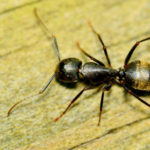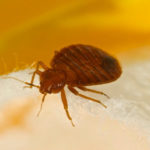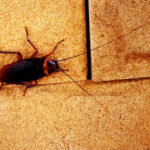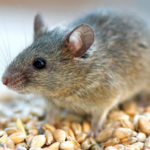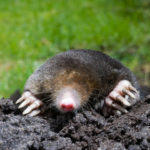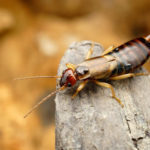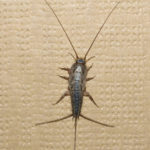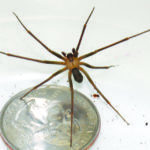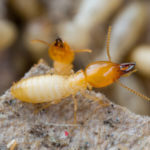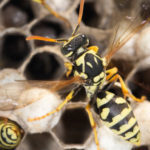Termites
Termites
The main type of termites in the Pacific Northwest are the subterranean and damp wood termites.
Biology:
Termites are small, ant-like insects. However, they differ from ants in that they feed off the cellulose in wood. Working largely unseen under the surface, they can tunnel through the wooden structural members in buildings and completely destroy them. Wood that comes in contact with the soil, such as the exterior trim or cladding on your home, provides a perfect point of entry for a termite colony. Termites are social insects that live in colonies where labor is divided among a caste system. They have reproductive and soldier castes. In many termite societies there is also a distinct worker caste, but the typical duties of workers (nest building and food gathering and feeding the reproductives and soldiers) are handled by nymphs as well. Workers and nymphs do all the work, soldiers sole job is to defend the colony.
Winged adults are often called swarmers, they are primary reproductives. They emerge from the colonies on colonizing flights during certain seasons in the year. After the flights, the male(king) and female(queen) will pair up, lose their wings and construct a small cell in the soil. They will mate, lay eggs, and rear the first group of workers. In colonies where the primary reproductives are not present, secondary reproductives (without color or functional wings)often occur in large numbers.
Habits:
Termites live in colonies underground, from which they build tunnels in search of food; able to reach food above the level of the ground by building mud tubes; dependent on moisture for survival. Subterranean termite feeding follows the grain of the wood . Unlike drywood termites or other wood-boring insects, subterranean termites do not push wood particles or pellets (fecal material) to the outside, but rather use it in the construction of their tunnels. This debris, along with sand and soil particles, is used as a form of plaster.
They can form ‘secondary nests’ above the ground called ‘aeria colonies’. These independent nests may survive independent of the ground if there is a moisture source available. Such sources of moisture would be from a leaky roof, or plumbing leaks.
Diet:
Wood and other cellulose material. Subterranean termites feed on wood or other items that contain cellulose, such as paper, fiberboard, and some fabrics derived from cotton or plant fibers. Termites have protozoa in their digestive tracts that can convert cellulose into usable food.
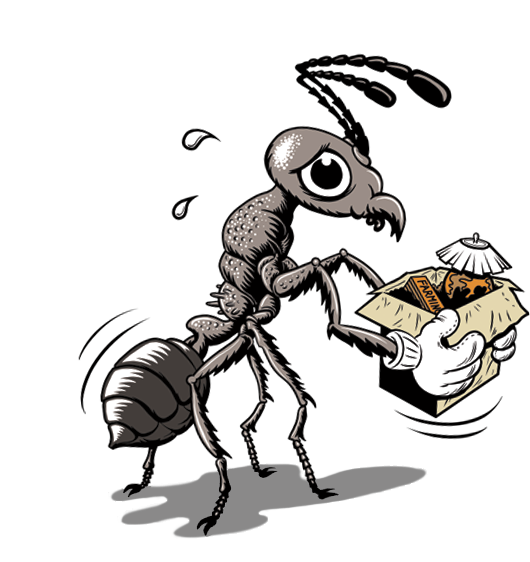
Critters
bothering you?
Set the move-out date for your pests today by calling Northwest Pest Control!
